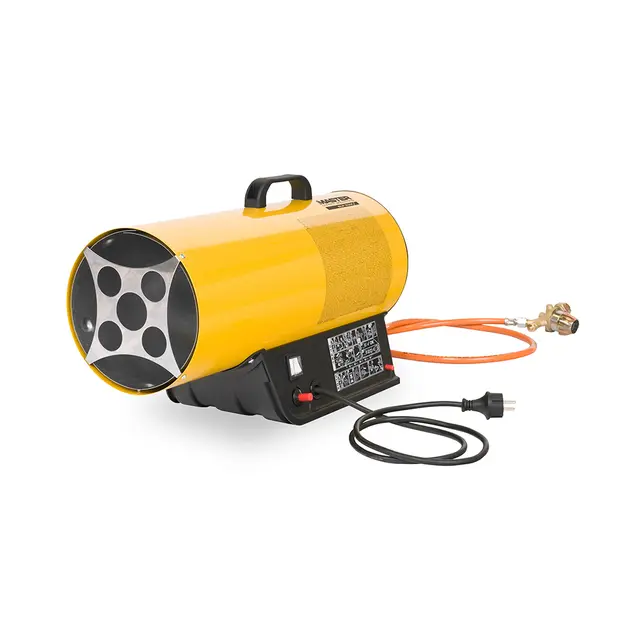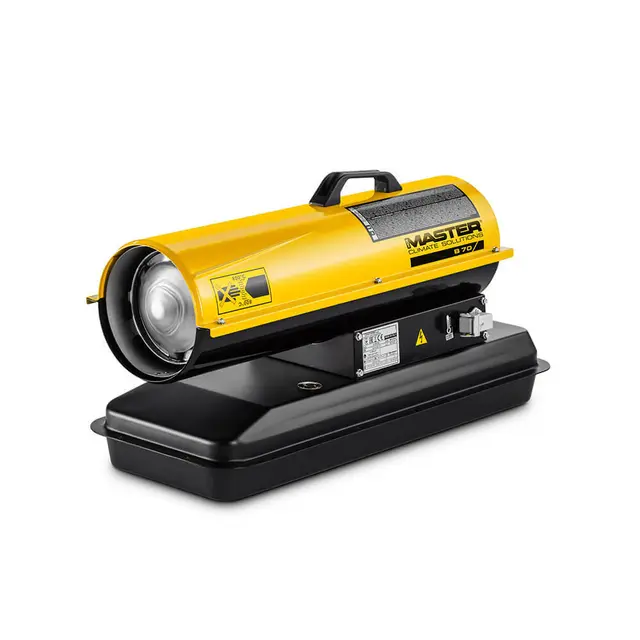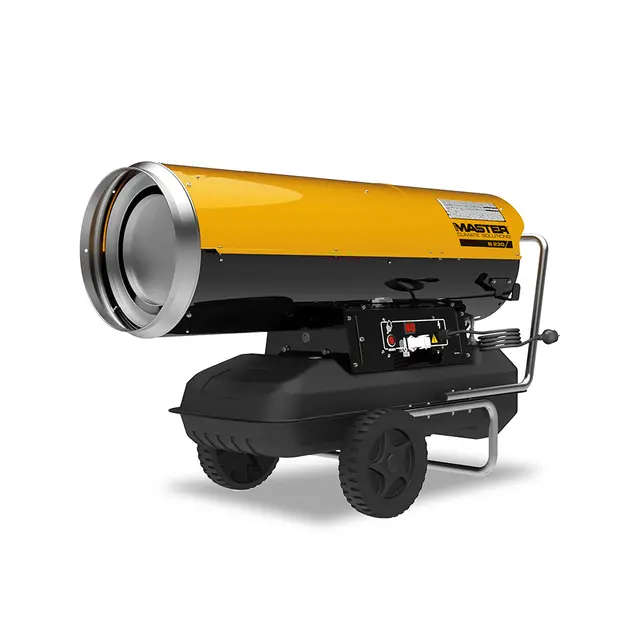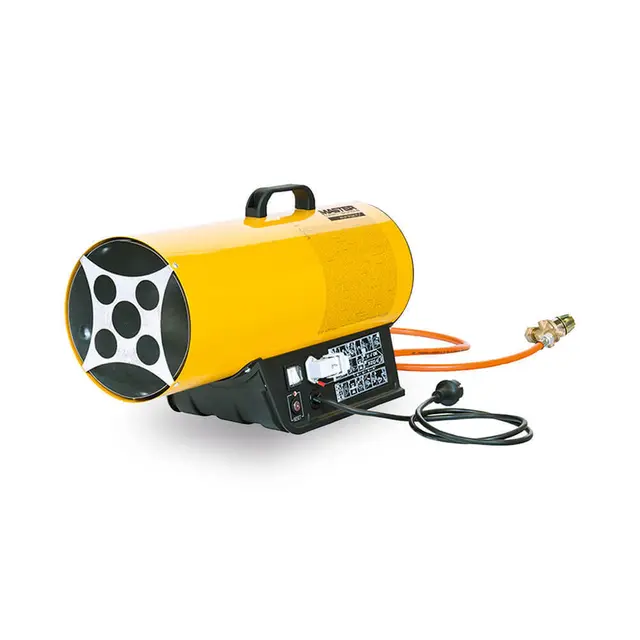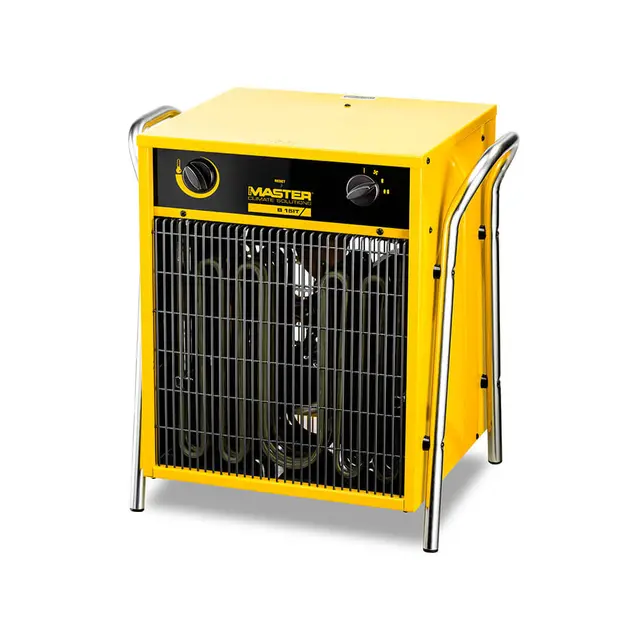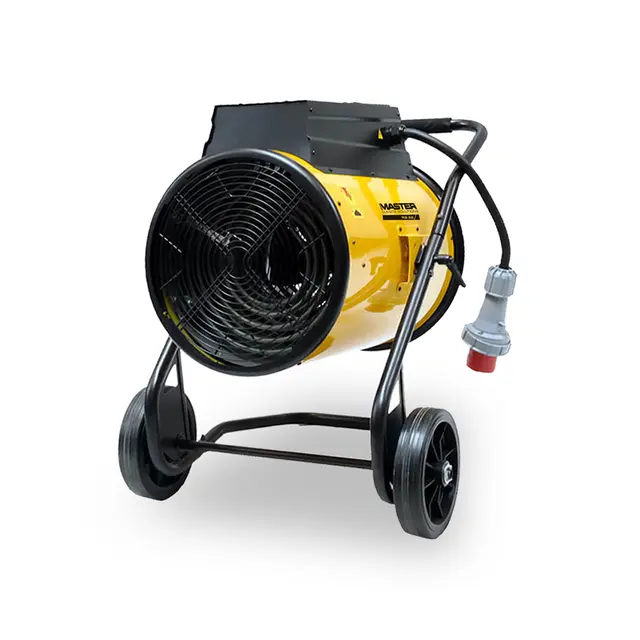6 standout aerospace industry challenges resolved by portable heaters
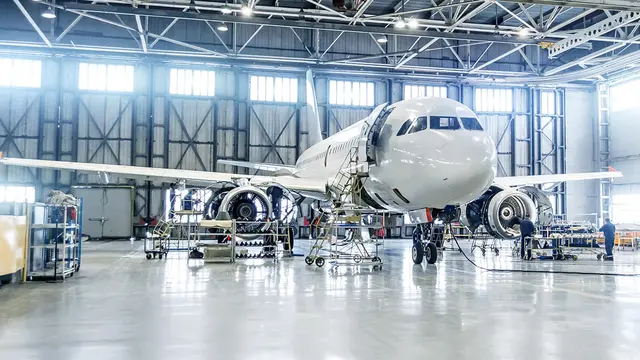
- Home
- Insights
- Heating insights
- 6 standout aerospace industry challenges resolved by portable heaters
With fluctuating temperatures a priority concern in aerospace factories and aircraft carriers, we outline the challenges of these environments and how a sensible heating solution can overcome these.
Like many manufacturing plants, the size and scale of aerospace factories and aircraft hangars make these settings difficult to heat without the right solution.
But, the specific nature of these environments and what they develop increases heat-related challenges significantly. Whether it is combating the greater influence of the outdoor climate, or creating dedicated “heat zones” for sporadic volumes of staff, selecting the right aerospace heating solution is critical for overcoming these hurdles.
In this article, we highlight these challenges and what your heating solution must do to meet these head-on, and illustrate why Master’s portable heaters are more than capable of rising to the occasion.
6 key challenges to heating aerospace factories and aircraft hangars
From the scale of operations being performed to the comfort of people on-site, there are numerous aspects of work in aerospace manufacturing that require temperatures to be optimal at all times.
Below we’ve identified six standout challenges that an effective aerospace heater must overcome to achieve these ideal conditions.
The scale of the spaces
Firstly, aerospace factories and aircraft hangars are typically very spacious to accommodate the size of the machines being created. This will of course vary depending on the type of aircraft being developed, but it isn’t uncommon for the roofs of these facilities to be 10m to 30m high.
Due to this height, these environments contain a lot of air and will therefore be subject to changes in air flow rates. This will cause temperatures to fluctuate, potentially creating cold, uncomfortable environments for aerospace engineers on-site.
To meet this challenge, an aerospace heater must:
Counteract instances of excessively low temperatures across the site caused by the changing air rates
Sustain a comfortable environment for workers at different levels
The impact of temperature on manufacturing
Temperature levels play a key role in the effectiveness of certain aspects of aircraft assembly. A good example of this is that today’s bonding, sealing and adhesive agents often need to be applied at certain temperatures to maximise their strengths.
Maintaining a consistent flow of heat may also speed up stages of the manufacturing process affected by fluctuating temperatures, allowing projects to be completed more efficiently and cost-effectively.
To meet this challenge, an aerospace heater must:
Be available and operational at particular stages of the manufacturing process
Be adjustable to maintain the optimal temperature at these stages
Influence of the outdoor climate
Aerospace factories and aircraft hangars are often subjected to outdoor temperature and conditions more than other manufacturing plants. The presence of large doors that are frequently open and other entry points, these openings can cause overall temperatures to plummet significantly, especially at night and during the colder months of the year.
Add to the fact that many aircraft hangars are situated in exposed locations, this means weather conditions such as high winds will have a more powerful influence on these settings.
Plus, after opening the doors for even a short amount of time, it will take time for the heat levels to recover and overtake the influx of cold air that has entered the space. This can make things very uncomfortable for the workforce and force temperature-critical phases of production to be delayed or deferred until the optimal conditions are restored.
To meet this challenge, an aerospace heater must:
Provide instantaneous heat following a sudden temperature drop
Enable hangars to recover overall heat levels with maximum efficiency
Combat the cold air generated by outdoor weather conditions
Shifting workforces
Aerospace factories and aircraft carriers are often utilised at irregular time intervals for different engineer groups, and are rarely ever highly populated (especially post COVID-19). This means that heating requirements will differ depending on who is on-site, where they are working, and what element they are working on.
Plus, heating the whole of the site when work is confined to certain sections would involve considerable energy consumption, raising the cost of your operations substantially.
To meet this challenge, an aerospace heater must:
Be easily movable to different areas of the facility
Be capable of “zone-controlling” heat in the areas with the greatest need
Presence of volatile materials
For military aerospace settings and hangars, there will often be a large collection of expensive equipment containing unstable and explosive materials. This means that uncontrolled or unmanaged heat levels could pose a risk to these and the overall facility.
To meet this challenge, an aerospace heater must:
Comply with the prevailing authority’s mandatory fire regulations
The need to be energy-efficient
Finally, with the costs involved in aircraft manufacturing already significant, it is understandable that these companies will want to minimise operation costs where possible. Due to the size of these facilities, heating can considerably drain energy and money if it is not properly regulated with an effective heating solution.
To meet this challenge, an aerospace heater must:
Deliver exceptional energy efficiency when employed
Be capable of running on-demand, rather than 24/7
How Dantherm Group heaters for the aerospace industry meet these challenges
Overcoming the challenges involved in the effective, efficient heating of aerospace facilities and aircraft hangars requires a rigorously tested and robustly designed solution. That is why our range of portable commercial heaters are the superior choice for this industry.
Our selection of direct, portable oil and gas heaters are capable of producing large volumes of heat in a short window of time, ideal for well-ventilated areas like aircraft hangars. The Master range is recognised for energy-efficiency and durability, enabling these units to deliver consistent, effective results without draining energy.
Easy to manoeuvre and reposition
Straightforward maintenance
Adjustable temperatures
Supports both large and limited areas
Minimal pollution production
Discover the difference that Dantherm Group heaters deliver today. Get in touch with our friendly team for more information.
Related products
Featured insights

Flexible heating for animal keeping and drying and storage of produce

Become the go-to supplier for construction and water damage restoration
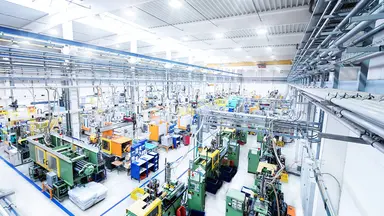
High volumes of heat right where you need it and at low cost
Need help with choosing the right solution? Our team of over 100 climate control experts can assist.
You can also reach out or join the discussion on our Social Media. Check out our LinkedIn page.



